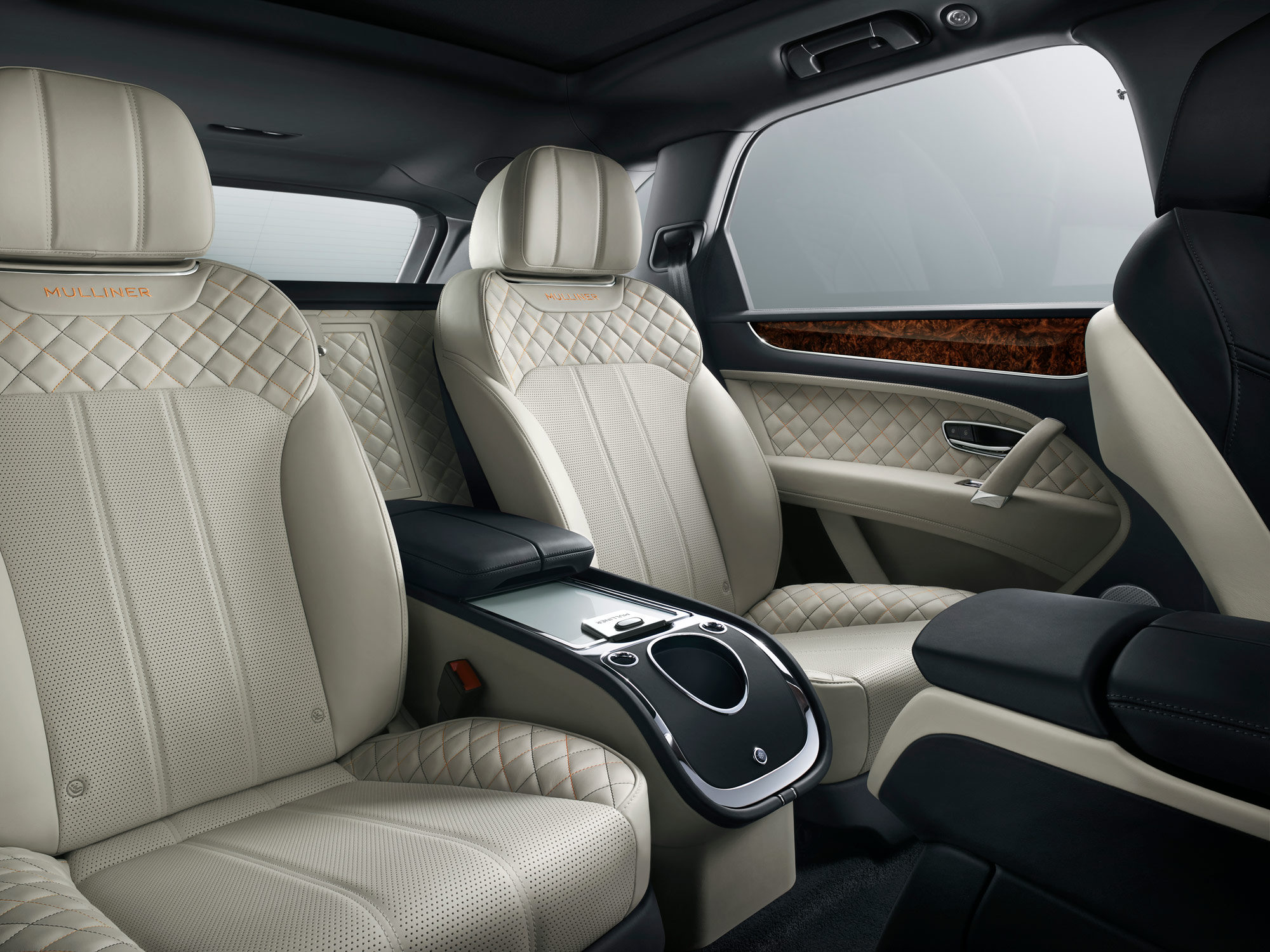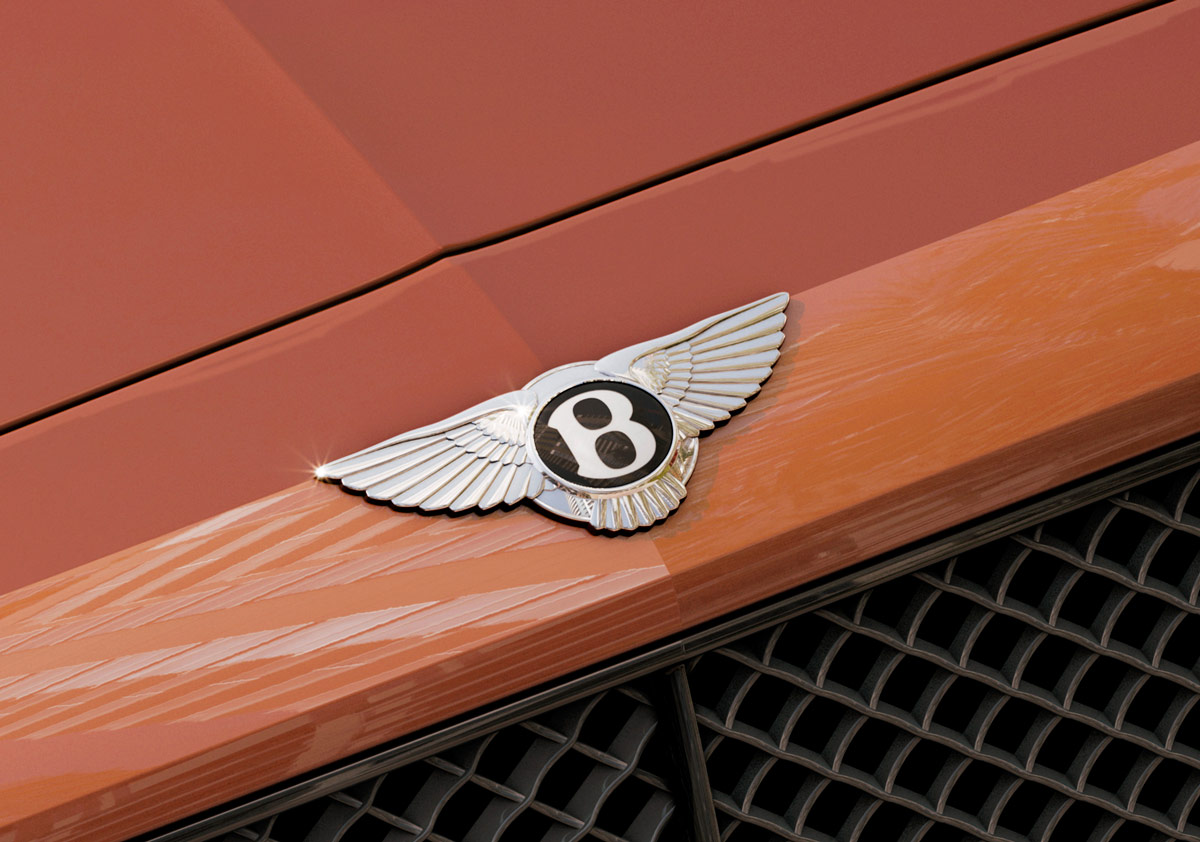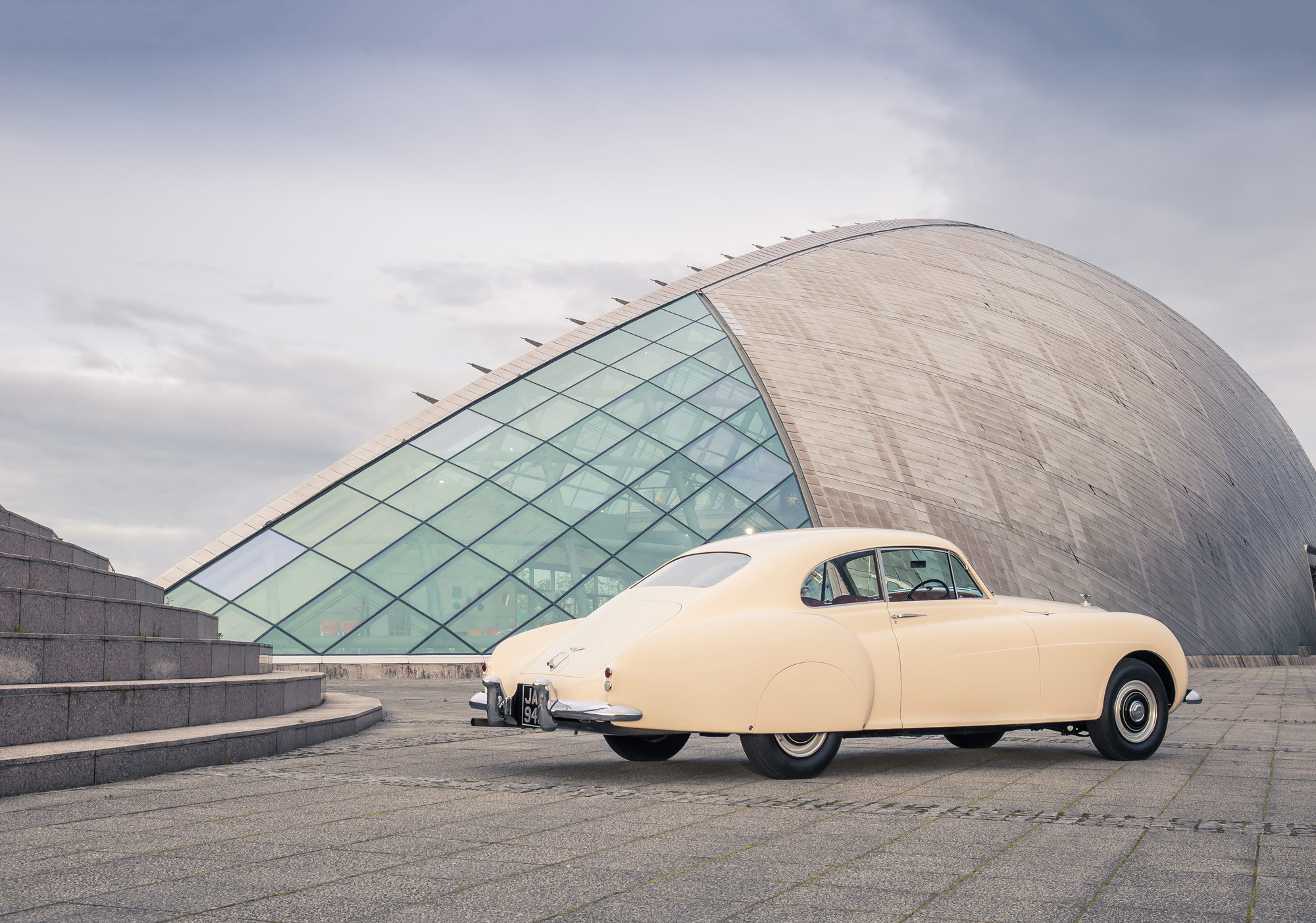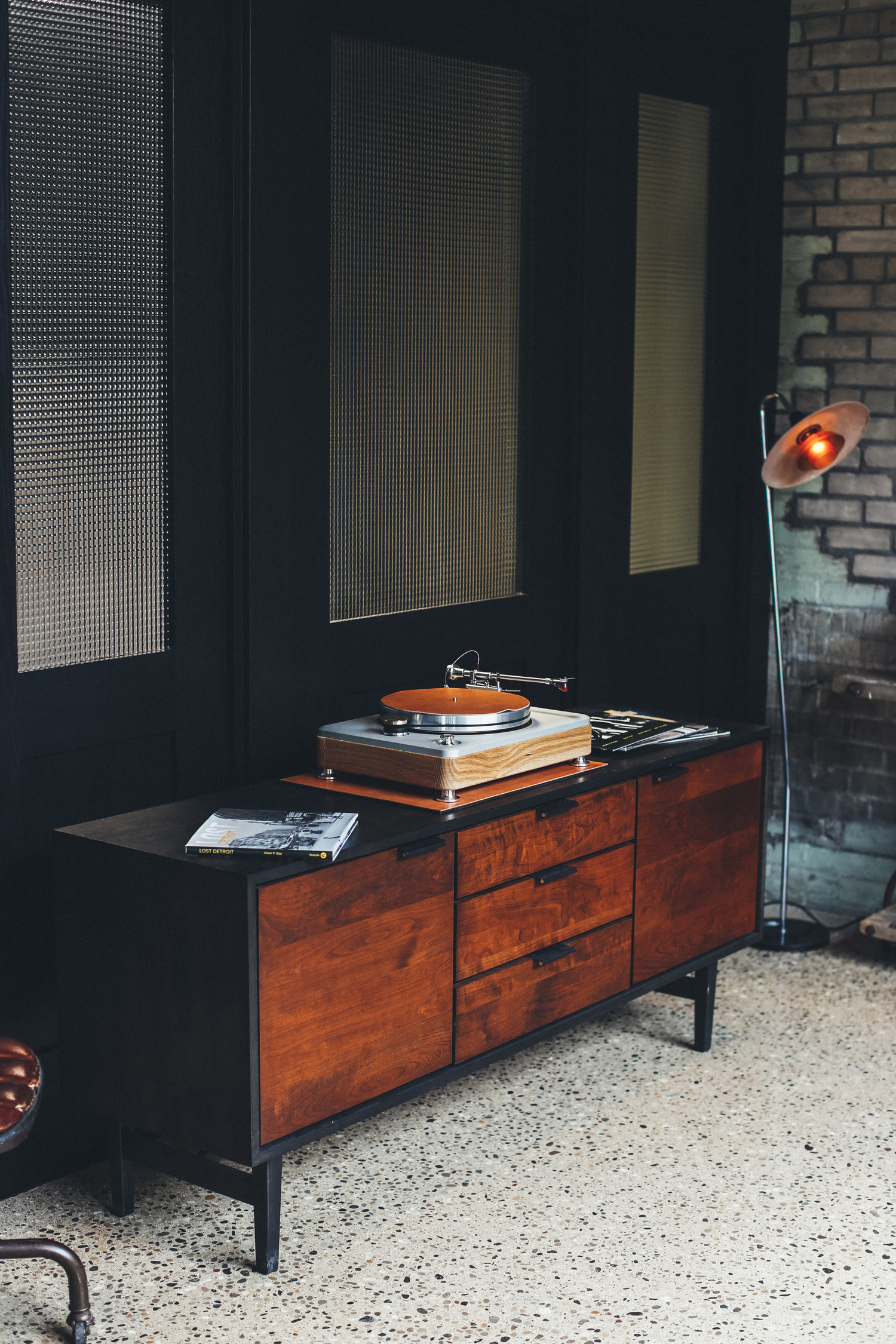Bespoke services are seen as the pinnacle of luxury in many industries, offering a level of personalisation that elevates both the end product and the purchasing experience. For British automotive brand Bentley, bespoke manufacturing forms an integral part of its offering to high net-worth clients, as well as providing an opportunity to trial ideas that are a little too radical for the mass market.
Bentley’s customers are used to having things done just the way they want. For the ultimate bespoke experience they are placed in the capable hands of the company’s Mulliner coach-building division, which can oblige virtually any request. From leather upholstery matched to the shade of their favourite nail polish, to a family crest stitched into the headrests, Mulliner’s dedicated team of designers and artisans specialises in creating cars that are as unique as their owners.
At its workshop in Crewe, Bentley makes vehicles that draw on a heritage stretching back to 1919. The company’s focus has consistently been on striking a balance between performance and luxury, setting it apart in a market where most brands specialise in one or the other. Its current line-up of four models comprises the flagship Mulsanne, the Flying Spur sedan, the sporty Continental and the Bentayga SUV. A tour of the vehicle production line demonstrates the craftsmanship involved in the production of each of these vehicles, with the work done by Mulliner adding an extra layer of luxury.
The entry level of customisation offered by Bentley allows owners to specify hundreds of details including polished alloy wheels, contrasting leather and stitching, carbon ceramic brake discs and refrigerated bottle coolers with bespoke crystal champagne flutes. Around 90% of customers engage in this process, often using the company’s sophisticated online configurator to personalise their vehicle. These alterations are simple to incorporate into the standard production line and can be achieved within the typical three-month lead time for the car’s manufacture.
According to Mulliner’s product manager, Jamie Smith, only around 5% of vehicles make their way “across the road” to the specialist, top-secret workshop opposite the main factory, where the majority of truly bespoke work is carried out. “We look after about 500 cars per year,” says Smith, adding that this number has almost doubled since 2014, when the firm began promoting the work of Mulliner more vigorously. “Mulliner always existed as an option for our customers, but we weren’t really promoting it,” he recalls, “so we started to talk about it more as a brand and to look for projects that give us an opportunity to share our voice in the marketplace.”
“There can’t be a Bentley that isn’t beautiful … if someone wants something bespoke, we have to be involved to adjust proportions and make sure it’s still a beautiful car”
Mulliner’s roots can be traced back to a family of 16th-century saddle-makers, which diversified into building coaches in the 19th century. Prior to the outbreak of the first world war, the family business switched to making car cabins and bodies, subsequently working on many Bentleys before it was incorporated into the company in 1959. It has since been responsible for producing some of the firm’s most prestigious vehicles, including the royal limousine used for public occasions.
As a result of its recently elevated profile and the subsequent upsurge in demand, Mulliner moved out of the factory and into its own facility, which can accommodate up to six cars at a time. This building contains dedicated workshops for metal, wood, upholstery and traditional coach-building, as well as contemporary machinery such as 3D printers. It’s here that a team of around 60 craftspeople oversees particularly sensitive private projects, or work that is too unusual to be handled on the production line.
The most comprehensive customisation service Mulliner provides is bespoke coach-building, which involves modifying standard Bentley models to create vehicles with varying proportions. The Mulsanne, for example, can be stretched to create a long-wheelbase limousine with a more spacious cabin. One car was even elongated by a full metre to accommodate forward- and rear-facing seats, like those in a private jet.
A major concern with inviting customers to make radical changes to the basic architecture of a car is that the result could compromise the Bentley aesthetic. For this reason, the design team is involved from the beginning of major bespoke commissions, advising on optimal dimensions and eventually sculpting a new shell that retains the key lines and details to ensure consistency with the original form.

“There cannot be a Bentley that isn’t beautiful,” the company’s head of exterior design, John Paul Gregory, points out. “When we design the base car, every inch is considered, so if someone wants something bespoke, we have to be involved to adjust proportions and make sure it’s still a beautiful car. It’s more like a brief, and we interpret that brief with as much care and attention as we do with our base models.”
More typical requests handled by the Mulliner team might include bespoke colours for the paintwork or leather, alternative materials for the fascia panels, or the integration of wireless charging for mobile devices. Four designers from Mulliner work within the main design studio, making it straightforward for them to discuss projects with the rest of the team and ensure the outcomes remain within the Bentley parameters. The issue of taste, however, means that some of the cars rolling out of the Mulliner workshop these days are a long way from many people’s idea of a traditional Bentley. “Pink hide is more popular than you’d expect,” claims a smiling Smith. “It’s our most requested colour aside from the standard Bentley offer. Sometimes you see it in a car and think it’s too much, but it can be done quite tastefully.”
“Pink hide is more popular than you’d expect. It’s our most requested colour aside from the standard Bentley offer. Sometimes you see it in a car and think it’s too much, but it can be done quite tastefully”
Another focus for Mulliner is identifying projects that help to enhance Bentley’s profile within the automotive arena and demonstrate the capabilities of its bespoke service. Mulliner’s designers regularly develop ideas for limited-edition models featuring new colour combinations and materials targeted at a specific market, or intended to showcase a particular craft or technology. A limited edition Flying Spur celebrated Britishness through its union-flag embroidery and English-elm veneer, while a version of the extended-wheel- base Mulsanne presented at a leading motor show featured stone veneer applied to internal surfaces. “One of the things I find exciting about my job is getting to test ideas that will have a low uptake and might not make it into production,” adds Smith. “We’re able to investigate risky technical finishes that appeal to customers who are interested in the more progressive side of Bentley.”
Mulliner also collaborates with important clients or other like-minded brands on limit- ed-edition vehicles. One of its most ambitious collaborations was with George Bamford of bespoke timepiece maker Bamford Watch Department. Mulliner produced a custom-made Mulsanne Speed featuring a stealthy black exterior and flashes of kingfisher blue intended to recall Bamford’s signature colour scheme. A carbon-fibre watch holder was included to transport watches while seats combining leather and anthracite fabric introduced a vintage element. Bamford was impressed with both the care taken throughout the 18-month process, and the outcome, claiming: “This is how you do personalisation.”


Prestigious collaborations and limited editions regularly provide Mulliner with fresh material that can be used to promote and publicise its work. Social media, in particular, enables the brand to share these projects with Bentley fans and car enthusiasts around the world in a new and dynamic way. Within a day of being posted on Instagram, the Bam- ford x Bentley Mulliner collaboration had accumulated some 70,000 “likes”. “Sometimes you have to step beyond the Bentley world to bring in new audiences and get people thinking about the brand a bit differently,” suggests Smith. “The response to the Bamford project shows that we’re heading in the right direction and working on the right sort of projects.”
Raising awareness of its brand and telling compelling lifestyle stories will be key to Bentley’s continued success. To this end, Mulliner plays a vital role in bringing stories about heritage, luxury and craftsmanship into a con- temporary context. “Much of the work we do at Mulliner isn’t about selling lots of cars,” Smith concludes. “It’s there to show people the options that are available if they want to venture off the beaten track.”
Pink leather, social media and lifestyle-led collaborations might seem incongruous with the way Bentley has traditionally been perceived, but this is a brand looking to the future. For a new generation of potential Bentley owners, whose idea of luxury centres around standing out in a world dominated by mass production, Mulliner’s bespoke service offers an opportunity to tailor an already premium product to their individual style. As long as the outcome retains the essential Bentley DNA, almost anything is possible.




